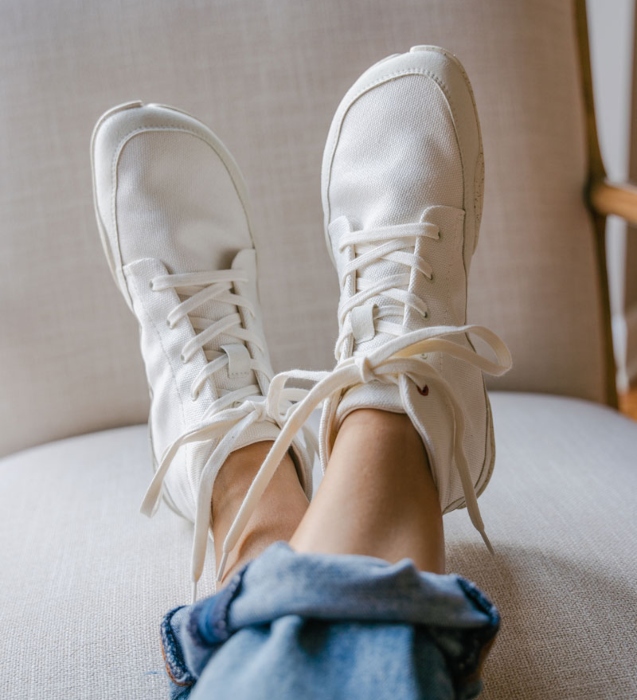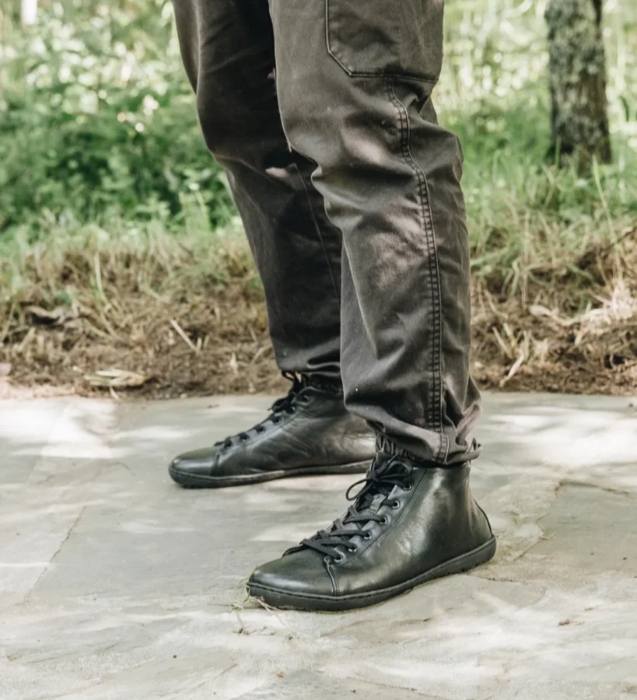The allure of the barefoot shoe, often known as minimalist or zero-drop footwear, is making significant waves beyond the world of athletics, spilling into daily wear and even haute couture. This footwear trend symbolizes a broader societal shift towards minimalism and a deeper connection with our environment. From luxury brands to athletic manufacturers, the industry is embracing a design philosophy that emphasizes simplicity and a natural foot movement.
Understanding Barefoot Shoes

Barefoot shoes are designed to provide an experience as close to walking unshod as possible, promoting a natural gait and alignment. Unlike conventional shoes, they feature minimal cushioning, no heel lift (zero drop), and a wide toe box to allow feet to spread naturally. This design philosophy is rooted in the belief that such footwear can reduce injuries and improve posture and balance by mimicking natural foot movements.
The Shift in Consumer Preferences
The past decade’s dominant trend of bulky, oversized shoes is giving way to the minimalist design of barefoot shoes. Consumers increasingly seek footwear that offers comfort without the cumbersome feel of traditional designs. The global market for barefoot shoes has seen robust growth, with projections indicating a rise from £374 million in 2021 to an anticipated £626.5 million by 2031. This surge is not confined to the sportswear sector alone but is increasingly prevalent in the high-fashion arena.
High Fashion’s Embrace of Minimalism
Notable designers and luxury brands are incorporating barefoot aesthetics into their collections, signaling a significant trend in footwear. Designers like Jonathan Anderson for Loewe and the teams at Lemaire are redefining luxury footwear with wide-set, thin-soled designs that emphasize understated elegance. These offerings cater to a growing consumer demand for shoes that blend style with the comfort and health benefits of barefoot designs.
The Cultural and Psychological Appeal
The rising popularity of barefoot shoes is partly driven by a cultural and psychological yearning to reconnect with the earth amidst ongoing global turbulence. This desire for a literal and metaphorical grounding is evident in various cultural depictions, from cinema to television, where characters seek solace in the simplicity of being closer to nature. The physical sensation of the ground beneath one’s feet can be reassuring, offering a sense of stability and connection in an increasingly disconnected world.
Performance and Practical Benefits
Apart from their psychological and aesthetic appeal, barefoot shoes offer distinct health benefits. Advocates argue that such footwear improves foot mechanics and overall body posture, leading to better mobility and reduced strain on the body. The design encourages a more natural walking and running technique, which can help in reducing the risk of chronic injuries associated with improper foot mechanics.

Economic Considerations
Despite the high cost associated with top designer brands, there are more affordable options available that cater to a wider audience. Brands like Adidas, Puma, and smaller specialists like Vivobarefoot offer a range of models that provide the benefits of barefoot shoes without the luxury price tag. This accessibility is crucial in democratizing the health and comfort benefits of minimalist footwear.
Conclusion
The trend towards barefoot and minimalist shoes is more than a fleeting fashion statement; it is a movement towards sustainability, health, and a deeper connection with our environment. As consumers increasingly prioritize comfort, health benefits, and a minimalist aesthetic, the footwear industry is responding with innovations that meet these demands. The rise of barefoot shoes is a testament to a growing consumer desire for products that enhance well-being and promote a more grounded, mindful lifestyle. Whether for athletic purposes or everyday elegance, these shoes are paving the way for a revolution in how we think about and choose our footwear.